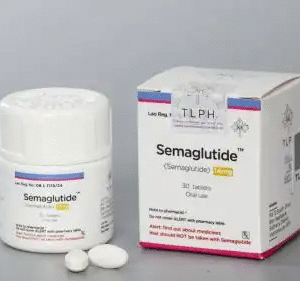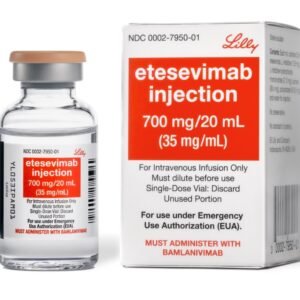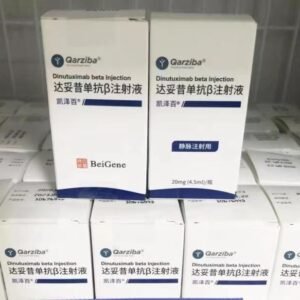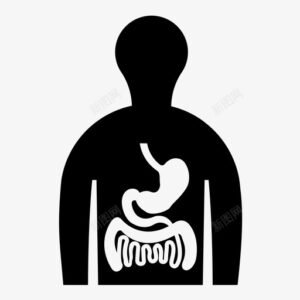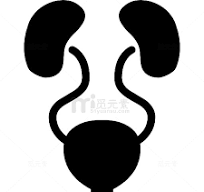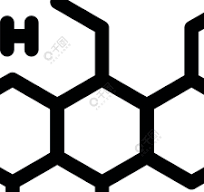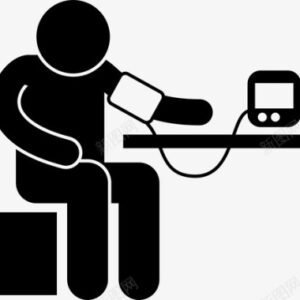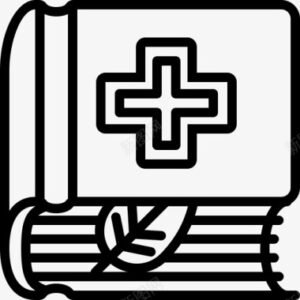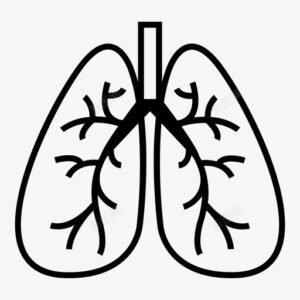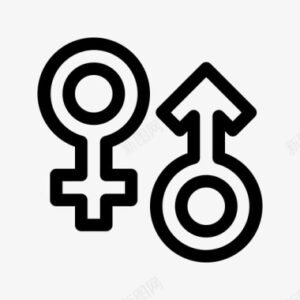Lamivudine Tablets.
Efficacy: Lamivudine is a nucleoside analog that can be used in combination with other antiretroviral drugs to treat human immunodeficiency virus (HIV-1) infection. It can be used to treat chronic hepatitis B in adults with liver function compensation (HBsAg continuously positive for more than 6 months and HBV DNA positive) accompanied by elevated alanine aminotransferase (ALT) and viral activity replication.
Dosage and Administration:
For adult patients with chronic hepatitis B, 100 mg once a day orally; for children aged 2-17 years, take orally, 3 mg/kg each time, once a day, with a maximum daily dose of 100 mg. This product should be used under the guidance of a physician who has experience in the treatment of chronic hepatitis B. When chronic hepatitis B patients are combined with AIDS, the dose needs to be increased to 150 mg orally twice a day, and it needs to be used in combination with other anti-HIV drugs. Please follow the doctor’s advice for details. The specific course of treatment is as follows: For HBeAg-positive patients, it is recommended to treat for at least 1 year, and after treatment, HBeAg seroconversion (i.e. HBeAg turns negative, HBeAb is positive), HBV DNA turns negative, and ALT is normal, after 2 consecutive tests at least 3 months apart, the curative effect is confirmed, and then the treatment can be considered to be terminated. Please follow the doctor’s advice for details. For HBeAg-negative patients, the appropriate course of treatment has not yet been determined. If HBsAg seroconversion occurs or the treatment is ineffective (HBV DNA level or ALT level continues to rise), the treatment can be considered to be terminated. Please follow the doctor’s advice for details. For patients who are considered to have viral gene YMDD mutations, if their HBV DNA and ALT levels are still lower than before treatment, they can continue to take medication under close observation, and strengthen supportive treatment if necessary. If their HBV DNA and ALT levels continue to be above the pre-treatment levels, follow-up should be strengthened, and the doctor should take appropriate treatment according to the specific condition under close monitoring. If HBeAg seroconversion and HBV DNA turn negative are confirmed after 2 tests at least 3 months apart, treatment can be considered to be terminated. Adult dose for HIV-infected patients: 150 mg each time, twice a day, orally; for patients with body weight <50kg, 2 mg/kg each time, twice a day. Take after meals or on an empty stomach. Pediatric dose: 4 mg/kg each time, twice a day for children aged 3 months to 16 years, daily dose not exceeding 150 mg. At the same time, it is necessary to combine with other anti-HIV drugs for treatment. Medication for patients with renal impairment: The blood drug concentration of patients with moderate to severe renal impairment increases after medication, and the drug dose should be adjusted. For patients with creatinine clearance of 30-49 ml/min, take 150 mg once a day; for patients with creatinine clearance of 15-29 ml/min, take 150 mg on the first day, followed by 100 mg daily; for patients with creatinine clearance of 5-14 ml/min, take 150 mg on the first day, followed by 50 mg daily; for patients with creatinine clearance of <5 ml/min, take 50 mg on the first day, followed by 25 mg daily; for patients on hemodialysis, take 150 mg on the first day, followed by 25-50 mg daily.
Drug contraindications:
Contraindicated if allergic to this product; used with caution if liver or kidney dysfunction occurs
Related dosage forms:
Tablets, capsules, oral solution
Share:
Products
Our offers
Health Classification
Let us work together to protect precious health


